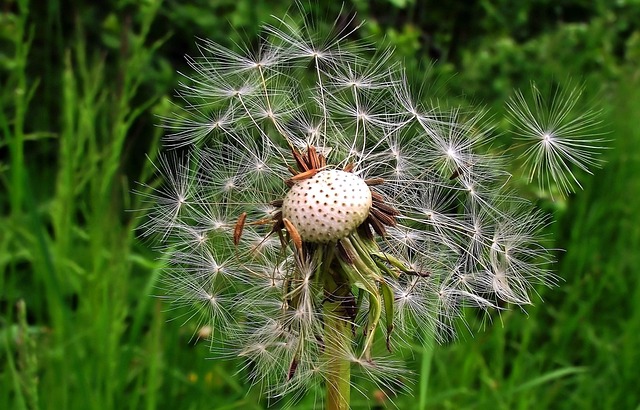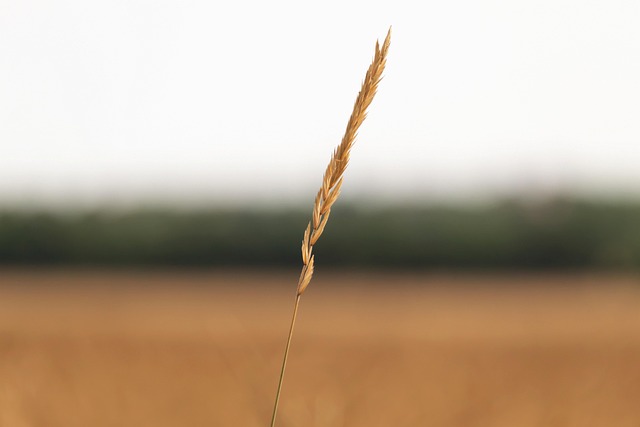Lawn aeration is crucial for healthy turfgrass in industrial settings, addressing soil compaction from equipment and foot traffic. By creating small holes, aeration improves air, water, and nutrient penetration, tackling thatch buildup, nutrient deficiencies, and water runoff. Integrating aeration with herbicide applications along pipelines near Centennial areas results in efficient industrial weed management, enhancing landscape maintenance. Specialized teams use advanced equipment to improve soil aeration, focusing on industrial weed control along pipelines near Centennial, contributing to ecosystem health and optimal lawn care.
In industrial settings, effective lawn care goes beyond aesthetics, especially in areas with critical infrastructure like pipelines. This article explores the vital role of specialized plant aeration teams in optimizing maintenance and managing industrial weed control along Centennial pipelines. Understanding lawn aeration and its benefits, we delve into the unique challenges of weeding near pipelines while highlighting strategies to enhance turf health and mitigate environmental risks associated with invasive species in these sensitive locations.
- Understanding Lawn Aeration and its Benefits in Industrial Settings
- Challenges of Weed Control Near Pipelines: A Focus on Centennial Locations
- Optimizing Maintenance: The Role of Specialized Plant Aeration Teams
Understanding Lawn Aeration and its Benefits in Industrial Settings

Lawn aeration is a crucial process that involves piercing small holes into the soil to reduce compaction, allowing air, water, and nutrients to penetrate deeper into the turfgrass root zone. This practice is especially beneficial in industrial settings where large equipment and frequent foot traffic can compact soil, leading to poor grass growth and health. By improving soil aeration, lawn plant aeration application teams help address various issues such as thatch buildup, nutrient deficiencies, and water runoff, all of which contribute to healthier, more vibrant turfgrass in Centennial areas near pipelines.
In industrial environments, effective weed control along pipelines is a critical component of lawn care. Integrating aeration with strategic weed management strategies provides a comprehensive solution. Aerated soil encourages the growth of competitive grass, reducing bare spots that weeds often fill. Additionally, improved aeration can enhance the effectiveness of herbicides by increasing their absorption into the root system, leading to more efficient industrial weed control along pipelines and contributing to a well-maintained landscape.
Challenges of Weed Control Near Pipelines: A Focus on Centennial Locations

Managing weeds near industrial pipelines in Centennial locations presents unique challenges that require specialised strategies. These areas often host a complex mix of vegetation, including invasive species and native plants, which can make effective weed control difficult. The proximity to pipelines adds another layer of complexity as certain chemicals used for weed management may pose risks to these critical infrastructure assets.
Professional teams engaged in industrial weed control along pipelines near Centennial sites must employ careful, targeted methods. This includes identifying and understanding the specific weeds present, evaluating the soil conditions, and selecting appropriate mechanical or chemical treatments while adhering to environmental regulations. The goal is to maintain a balanced ecosystem, ensure pipeline safety, and preserve the natural beauty of these often-sensitive areas.
Optimizing Maintenance: The Role of Specialized Plant Aeration Teams

Maintaining healthy and lush lawns is a year-round commitment, especially in areas with dense vegetation and challenging terrain. This is where specialized plant aeration teams come into play, offering a crucial service for optimizing lawn care. By focusing on industrial weed control along pipelines near Centennial, these experts ensure that essential infrastructure remains free from unwanted vegetation.
Plant aeration is the process of improving soil aeration, which is vital for nutrient exchange and root development. Specialized teams utilize advanced equipment to penetrate the soil, reducing compacted areas and allowing water, nutrients, and oxygen to reach the roots more efficiently. This method is particularly beneficial in areas with heavy foot traffic or challenging landscapes, such as slopes or dense shrubbery near pipelines. Effective aeration not only enhances grass growth but also contributes to the overall health of the ecosystem, making it an essential part of any comprehensive lawn maintenance program, especially when combined with strategic industrial weed control measures.
Lawn plant aeration application teams play a vital role in optimizing maintenance, especially in industrial settings and areas with complex infrastructure like Centennial. By addressing challenges in industrial weed control along pipelines, these specialized teams ensure the health of turfgrass while minimizing environmental impact. Optimizing aeration practices is not just about enhancing lawn aesthetics; it’s a strategic approach to preventing issues related to weeds, erosion, and water retention, ultimately contributing to sustainable and robust green spaces in urban environments.
